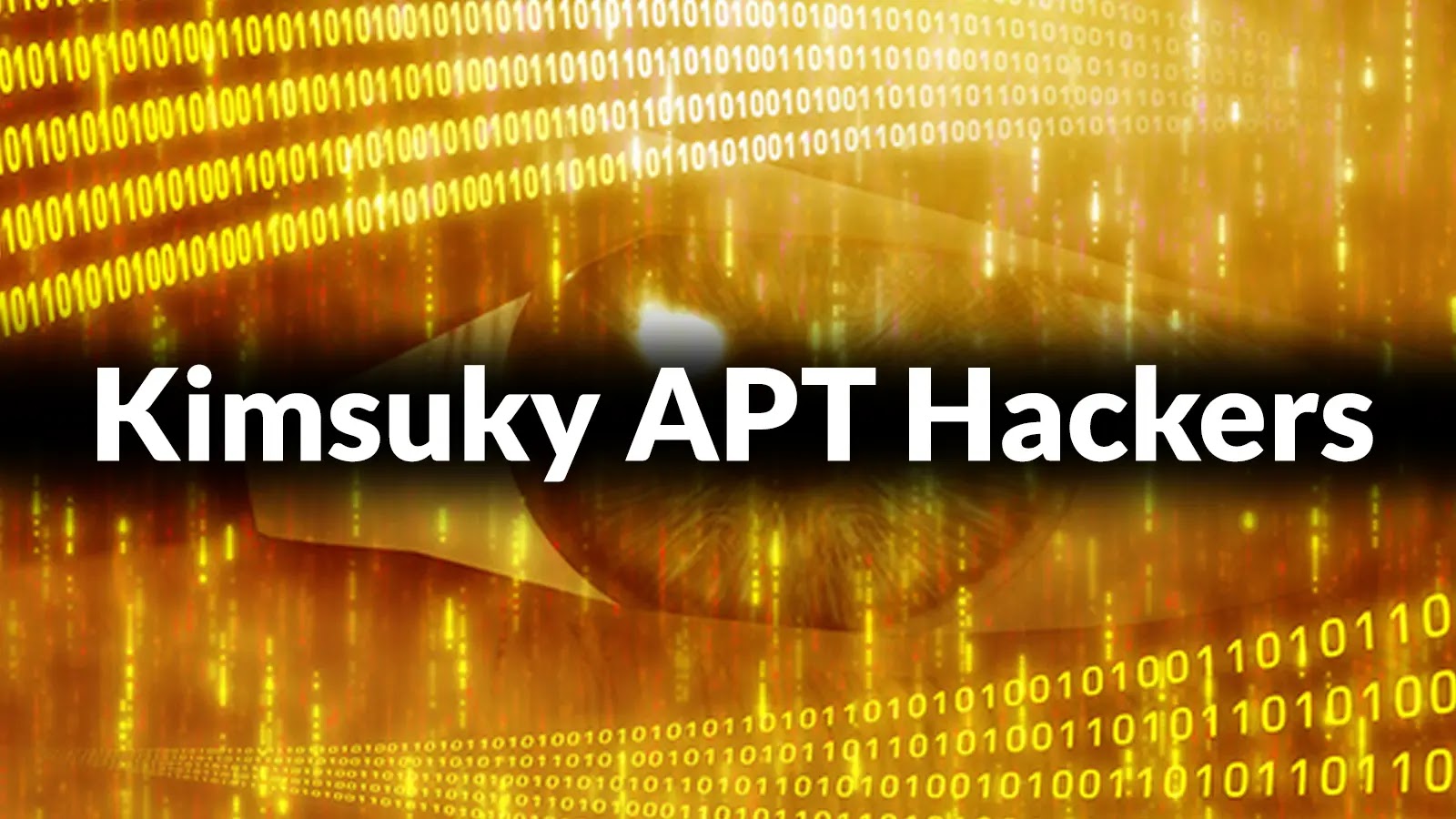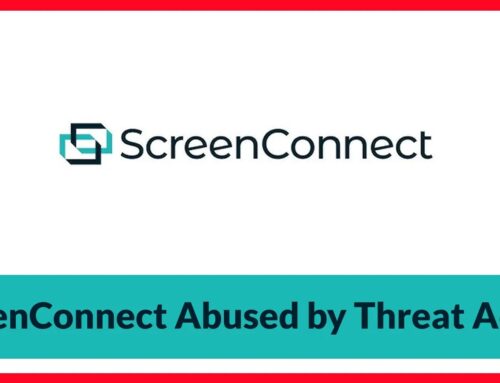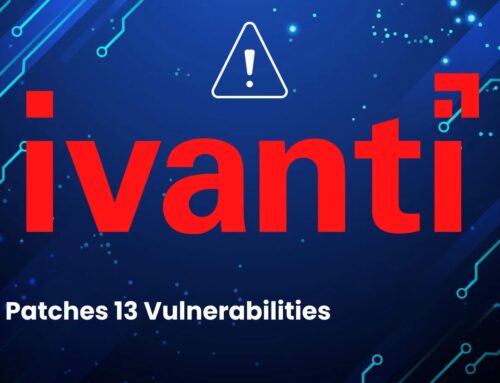
Kimsuky APT Hackers Weaponizing LNK Files to Deploy Reflective Malware Bypassing Windows Defender
Kimsuky APT’s Stealth Evolution: Weaponizing LNK Files for Reflective Malware Deployment
In the relentless landscape of cyber warfare, advanced persistent threat (APT) groups continually refine their tactics to bypass conventional defenses. The North Korean state-sponsored cyber-espionage group, Kimsuky, has recently demonstrated a significant evolution in its stealth capabilities, specifically targeting South Korean entities. This new campaign leverages malicious Windows shortcut (LNK) files to deploy reflective malware, effectively bypassing robust security measures like Windows Defender. This development underscores the critical need for organizations to enhance their understanding of these sophisticated attack vectors and fortify their defenses accordingly.
The LNK File Vulnerability: A Subtle Entry Point
LNK files, commonly known as shortcuts, are ubiquitous in the Windows operating system. They provide a convenient way to access applications, documents, or files. However, their inherent functionality, particularly their ability to execute commands and scripts, makes them a potent vector for malicious actors. Kimsuky’s exploitation of LNK files hinges on social engineering. By crafting tailored lures, often disguised as legitimate documents or applications, they trick victims into clicking these seemingly innocuous shortcuts.
The malicious LNK file, once clicked, initiates a chain of events designed to achieve stealthy code execution. Rather than directly embedding the malware within the LNK file itself, Kimsuky uses these shortcuts to trigger the download or execution of subsequent malicious payloads. This indirect approach adds a layer of obfuscation, complicating detection by traditional signature-based antivirus solutions.
Reflective Malware Deployment: Evading Detection
A key characteristic of this new Kimsuky campaign is the deployment of reflective malware. Unlike traditional malware that is written to disk and then executed, reflective malware is loaded directly into memory. This “fileless” approach significantly reduces the chances of detection by endpoint detection and response (EDR) systems and antivirus software like Windows Defender, which primarily focus on scanning files on disk. By operating solely within memory, the malware leaves minimal forensic footprint, making post-incident analysis and attribution considerably more challenging.
The campaign integrates tailored social engineering tactics with advanced malware frameworks. This combination allows Kimsuky to systematically infiltrate government agencies, defense contractors, and research organizations. The use of reflective techniques indicates a deep understanding of modern defensive mechanisms and a deliberate effort to circumvent them.
Targeted Organizations and Strategic Implications
The primary targets of this Kimsuky campaign are South Korean government agencies, defense contractors, and research organizations. This targeting clearly indicates the group’s espionage objectives, likely aimed at acquiring sensitive information, technological blueprints, or intelligence on national security matters. The continuous evolution of Kimsuky’s attack methodologies poses a significant and ongoing threat to critical infrastructure and national security interests in South Korea and globally.
Remediation Actions and Proactive Defenses
Defending against sophisticated LNK file-based attacks and reflective malware requires a multi-layered security strategy that goes beyond traditional antivirus solutions. Organizations must focus on user awareness, robust endpoint protection, and advanced threat detection capabilities.
- Enhanced User Awareness Training: Conduct regular and realistic social engineering awareness training sessions. Educate employees about the dangers of unsolicited LNK files, especially those received via email or untrusted sources. Emphasize verification of sender identity and the risks associated with opening attachments from unknown sources.
- Disable LNK File Execution of Scripts: Implement Group Policies or other configuration management tools to restrict the ability of LNK files to execute complex scripts or commands directly. While challenging to fully restrict, certain configurations can limit their malicious potential.
- Strong Endpoint Detection and Response (EDR): Deploy and properly configure EDR solutions that offer behavioral analysis capabilities. EDR can detect anomalous process behavior, memory injection techniques, and other indicators of reflective malware activity, even without a file written to disk.
- Application Whitelisting: Implement application whitelisting to prevent unauthorized executables from running on endpoints. This can significantly mitigate the risk posed by unexpected payloads delivered via LNK files.
- Network Traffic Monitoring: Monitor network traffic for unusual outbound connections or command-and-control (C2) communications. Reflective malware, once active, often attempts to beacon out to C2 servers.
- Regular Security Audits and Penetration Testing: Conduct regular security audits and penetration tests to identify potential vulnerabilities in systems and user practices that could be exploited by LNK file attacks.
- Update and Patch Systems: Ensure all operating systems, applications, and security software are kept up-to-date with the latest security patches. While this attack method isn’t a direct software vulnerability (like CVE-2023-XXXXX from the official database: CVE-2023-XXXXX), keeping systems current reduces the attack surface and addresses other potential vulnerabilities Kimsuky might combine.
Tools for Detection and Mitigation
| Tool Name | Purpose | Link |
|---|---|---|
| Sysmon | Advanced logging of system activity crucial for detecting LNK file execution and process creation anomalies. | https://learn.microsoft.com/en-us/sysinternals/downloads/sysmon |
| Procmon | Real-time file system, Registry, and process/thread activity monitoring to observe LNK file behavior. | https://learn.microsoft.com/en-us/sysinternals/downloads/procmon |
| Cuckoo Sandbox | Automated malware analysis sandbox to detonate and analyze suspicious LNK files in a safe environment. | https://cuckoosandbox.org/ |
| YARA Rules (Custom) | Creating custom YARA rules to identify indicators of compromise (IOCs) related to Kimsuky’s LNK files or reflective payloads. | https://virustotal.github.io/yara/ |
| Velociraptor | Open-source endpoint visibility and digital forensics tool capable of detecting memory-resident threats. | https://docs.velociraptor.app/ |
Conclusion
Kimsuky’s adoption of LNK files for reflective malware deployment marks a significant advancement in their evasion tactics. This campaign highlights the limitations of traditional, signature-based security solutions against highly adaptive APT groups. Organizations must pivot towards a proactive security posture, focusing on comprehensive endpoint protection, behavioral analysis, and relentless user education. Staying ahead of these persistent threats requires continuous vigilance and an iterative approach to cybersecurity defenses.





